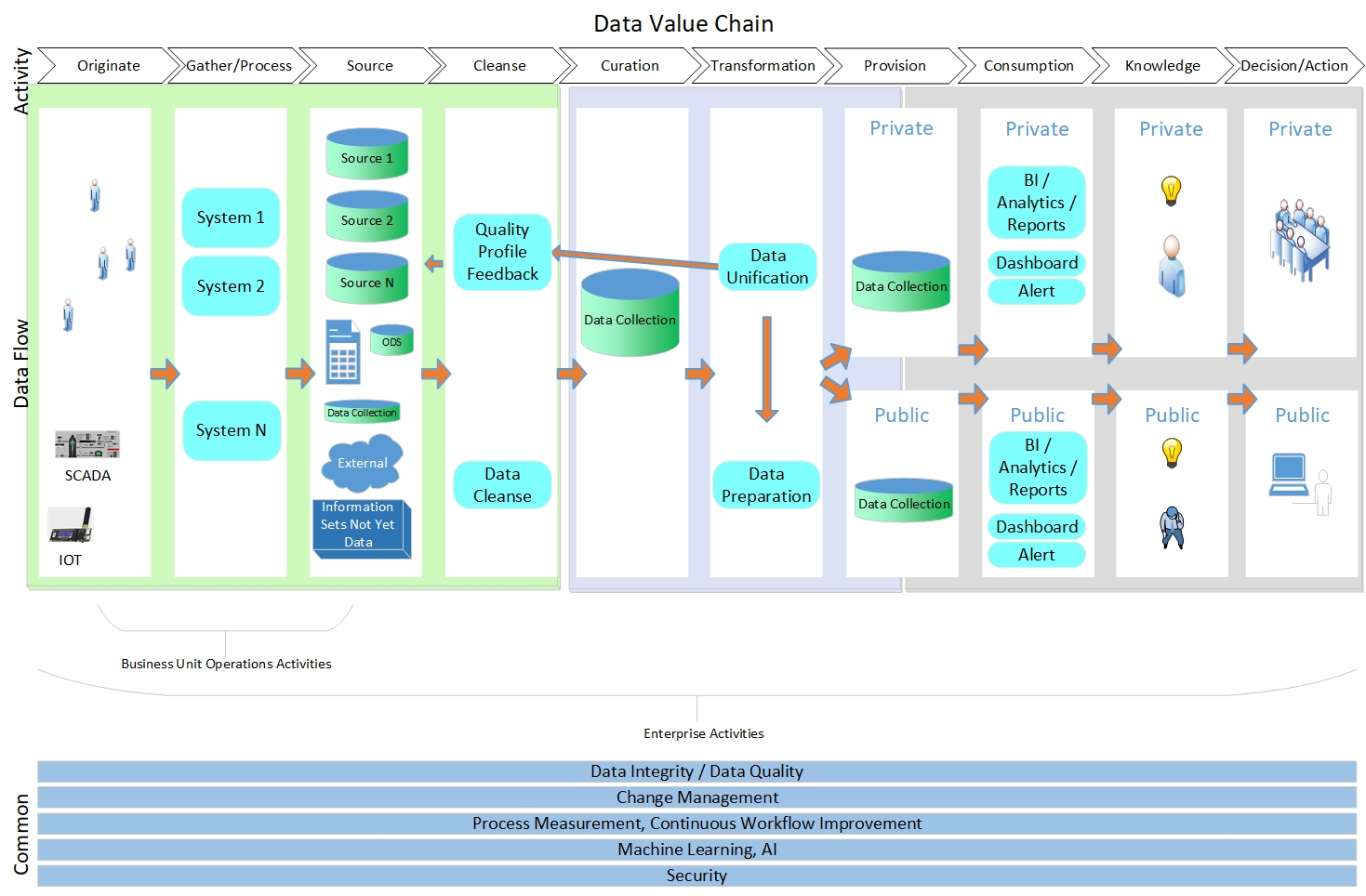Take Back The Heat launched
We are happy to announce that TakeBackTheHeat is now in print! Available as a kindle ebook and in printed form, you may now read about TakeBackTheHeat concepts and background in whatever comfortable setting you prefer. Great as gifts for friends and family, it is an easy way to spread the word. Read how we can address global warming and atmospheric heat energy directly, beyond carbon. Interested in saving the planet, not just meeting to discuss and point fingers?











